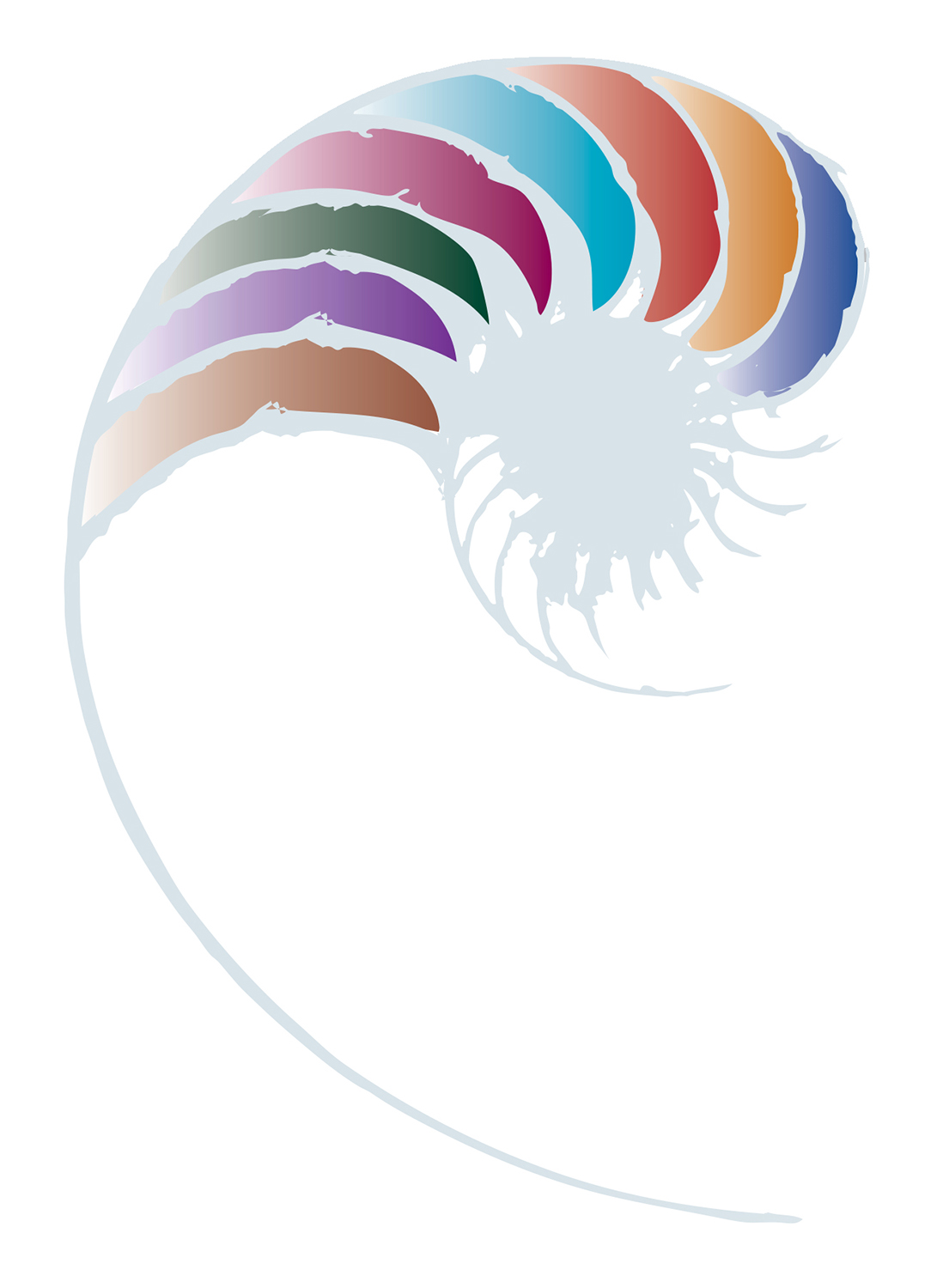Inclusive practice
Resources and ideas to create an environment that celebrates the diversity of each child, whanau and kaiako.
Overnight shipping available
Buy now, pick up in a store
This product is available for the following pick up methods.
- Default
Search for product availability at stores near you.
| Audience | Kaiako |
|---|---|
| Education Sector | Kaiako |
| Level of Support | Self directed |
| Resource Language | English |
| Resource Owner | [email protected] |
| Resource type | Collection/Curriculum Guide |
| Review Date | 08/19/2025 |



